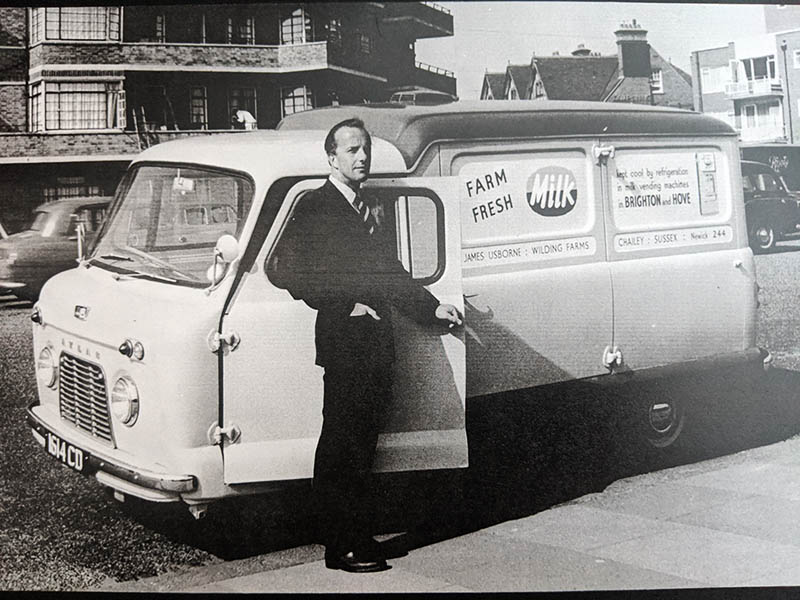
Too many freelancers believe it’s enough to find a niche that seems “OK”, and just dive in.
Not so.
If you want your freelance business to be as profitable, productive and enjoyable as possible, there are five elements you need to consider.

Too many freelancers believe it’s enough to find a niche that seems “OK”, and just dive in.
Not so.
If you want your freelance business to be as profitable, productive and enjoyable as possible, there are five elements you need to consider.

Many freelancers find it hard to say no.
When work comes their way, they say yes to every project.
They say yes to working evenings and weekends when their clients have a looming deadline.
And they say yes when clients and prospects ask for a reduction in fees.
In isolation, and on rare occasions, there is nothing wrong with saying yes in any of these circumstances. But…

As freelancers we have to generate our own energy and momentum.
We don’t have colleagues or managers to give us a quick boost. Nor do we have group meetings or off-site brainstorming days.
At times we can do a great job of creating internal momentum for ourselves. At other times it becomes hard, and we feel ourselves running down, like a battery losing its charge.
And then there are times when we are given a little extra energy from an outside source. Like…

When I’m coaching a freelancer or solopreneur, I actually ask a lot of different questions. That’s a big part of what it means to be a good coach.
Many of those questions I’ll ask during the first one or two sessions. It’s how we feel our way forward…teasing out answers that can help you break new ground.
After that, we start working through the 6-week process you’ll see outlined on my coaching information page.
But I still have one more question that I’ll throw out at any time. Honestly, I usually ask it several times over the course of a few weeks.
It’s an incredibly powerful question.

My father was a farmer and a natural-born entrepreneur. I grew up watching him try various ways to expand his farm business.
For example, in the photo above you can see him standing by his milk carton delivery van in the early 1960s. As far as I can tell, he was the first farmer in the UK to carton the milk from his farm, and sell the cartons from refrigerated vending machines in local towns.
By the age of about 8 or 9, I was out there on the farm with my brothers, earning my pocket money… bringing in the cows for milking twice a day, baling the hay in spring, harvesting wheat and barley in the summer… and helping to fill those vending machines each day.

Maybe you think I’m wrong. Maybe you think we all have to compete with other freelancers.
Certainly, we live and work in a competitive landscape. It’s a rare thing to have a client who is never going to be approached by other freelancers. And those companies hiring freelancers are always comparing freelancers, by skill set and by price.
Even so, I don’t compete with other freelancers.
I don’t price my services based on what other freelancers charge.
I don’t try to match the services offered by other freelancers.